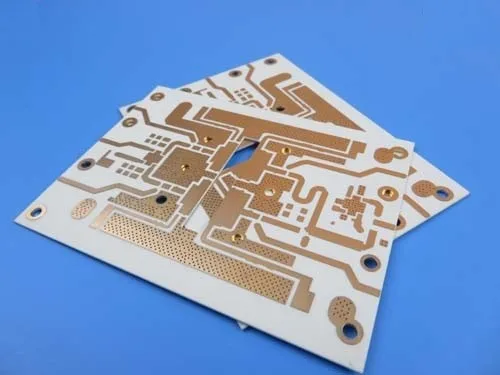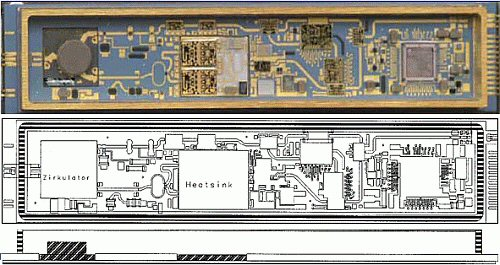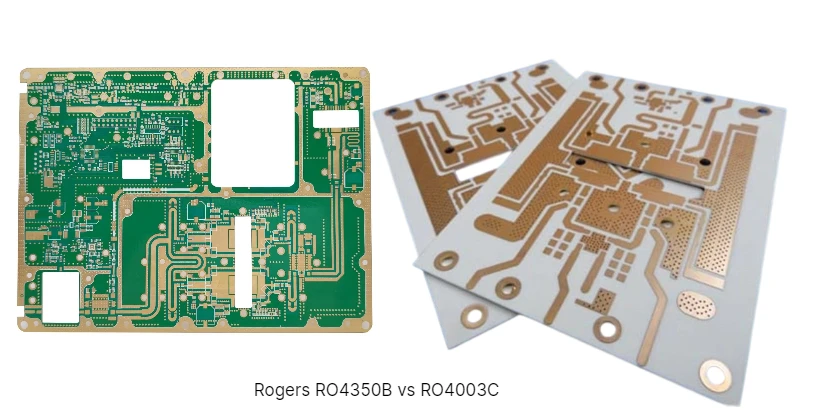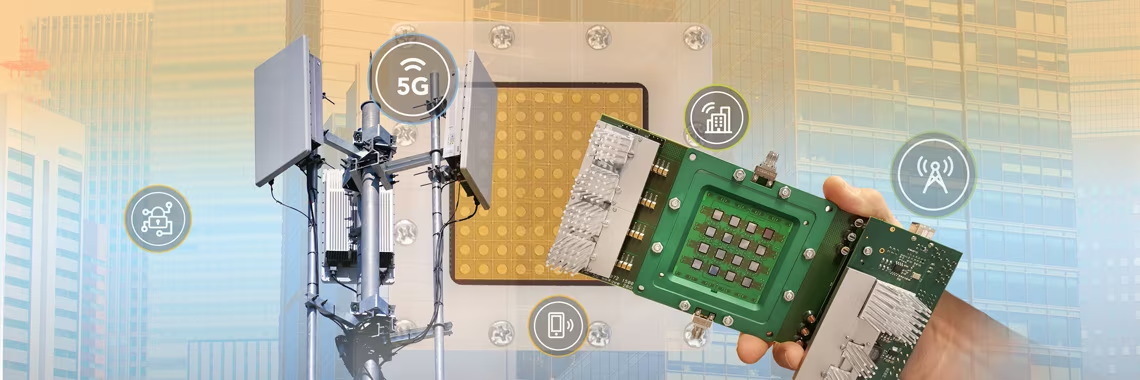Signal Integrity — The Invisible Backbone of mmWave Performance As 5G networks and radar systems transition into 24–77 GHz mmWave frequencies, signal integrity (SI) has become one of the most critical yet challenging aspects of RF PCB engineering. At these frequencies, every micron of copper geometry, dielectric uniformity, and via structure directly influences...
HomeAuthor
kkpcb02 - KKPCB - Page 6 of 7
Redefining PCB Reliability in High-Power 5G Amplifiers As 5G base station architectures evolve toward massive MIMO and mmWave deployment (24–39 GHz), power amplifier (PA) modules have become one of the most thermally and electrically demanding components in the RF chain. Each PA channel can handle continuous power levels above 10 W, generating localized...
Heat Dissipation Challenges in High-Power RF Circuits As RF and mmWave systems scale beyond 24 GHz, power density and thermal stress become critical limiting factors for system reliability. Engineers designing automotive radar front-ends, 5G transceivers, and satellite payloads must manage high localized temperatures within densely packed multilayer PCBs. While traditional FR-4 substrates often...
Ensuring Long-Term RF Stability Through KKPCB’s Reliability Validation Process Why Reliability Defines Success in RO4835-Based RF Systems As automotive radar, aerospace communication, and satellite navigation systems expand into 24–77 GHz frequency ranges, PCBs face extreme operational stress. These high-frequency modules must withstand thermal cycling, humidity exposure, and long-term RF power loading, while maintaining...
How Rogers RO4835 Material Enables Stable RF Performance in Harsh Environments The Growing Demand for Thermally Stable, Low-Loss PCBs As 5G networks, automotive radar, and satellite communications evolve toward millimeter-wave frequencies (24–77 GHz), PCB materials face increasing performance pressure.Engineers now require substrates that maintain low insertion loss, tight dielectric control, and thermal stability under...
From High-Frequency Design to Production-Ready Stackups As next-generation RF systems evolve toward 24–77 GHz applications—such as automotive radar, 5G base stations, and satellite communication—engineers require PCB materials that deliver low loss, thermal stability, and consistent manufacturability. Rogers RO4835 PCB has become the preferred substrate for these applications due to its low dissipation factor...
Ensuring Consistent RF Performance Through KKPCB’s Validation Process In high-frequency applications—from 77 GHz automotive radar to 28 GHz 5G antenna arrays—the long-term stability and reliability of the PCB material determine system integrity more than any single design parameter. Among numerous high-frequency laminates, Rogers RO4350B PCB stands out for its balance of low dielectric loss,...
Engineering Reliable RF Performance with KKPCB’s Hybrid Lamination Expertise As 5G and radar systems advance toward higher frequencies (24–77 GHz) and more compact multilayer designs, engineers increasingly choose Rogers RO4350B PCB for its stable dielectric properties, low loss, and compatibility with standard FR-4 processes. Yet, when moving to hybrid stackups—mixing RO4350B with FR-4,...
Building the Backbone of 5G Antenna Performance with RO4350B PCB As 5G networks evolve toward higher frequencies (sub-6 GHz → mmWave) and denser integration, PCB performance has become a decisive factor in antenna module design.Engineers must now balance low insertion loss, thermal stability, and mass-production manufacturability—a challenge only a few materials can meet. That’s why...
1. Introduction As the automotive industry races toward higher levels of autonomy, 77 GHz radar systems have become the backbone of advanced driver-assistance systems (ADAS).At these millimeter-wave frequencies, PCB material stability directly defines radar accuracy, signal phase consistency, and long-term reliability. Among all high-frequency laminates, Rogers RO4350B PCB has emerged as a proven and cost-effective...











